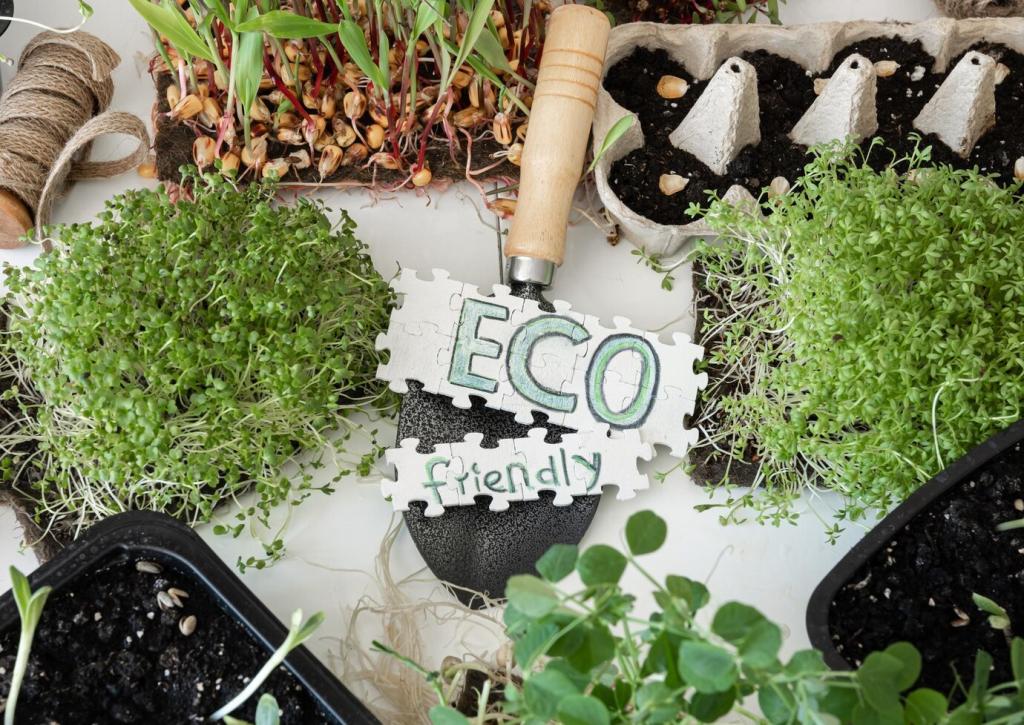
Writing Compelling Green Home Ads in English
Writing compelling green home ads in English requires more than just listing eco-friendly features. It is about engaging buyers emotionally, highlighting benefits clearly, and crafting messages that capture attention. From understanding the target audience to emphasizing sustainability, effective green home advertising blends creativity with persuasive communication. Below, you will find strategies and insights divided into essential sections, each designed to help your green home ads resonate and inspire action.
Understanding Your Green Home Audience
Identifying Buyer Motivations
The motivations behind purchasing a green home can vary greatly, from environmental stewardship to long-term cost savings. Some buyers prioritize eco-friendly living for moral reasons, while others focus strictly on energy efficiency and reduced utility bills. When crafting your ad, delve into these motivations, using language that connects your property’s green features directly to buyer desires. Highlight how your home fulfills environmental values and saves money simultaneously, so readers immediately perceive real benefits.
Addressing Pain Points and Concerns
Potential buyers often have concerns about the upfront costs or unfamiliar technology associated with green homes. Address these concerns directly in your ad’s messaging. Explain how efficient windows, insulation, or solar panels transition into lower expenses over time. Offer reassurance by discussing the reliability and ease-of-use of green technology, mentioning warranties, available incentives, or support. By proactively tackling these pain points, you help buyers feel informed and confident about making a green investment.
Segmenting Your Audience
Not all green home buyers are the same. Some seek new constructions packed with the latest innovations, while others want retrofitted classic homes with character. By segmenting your audience and understanding the specific needs of families, singles, retirees, or first-time buyers, your advertising can focus on the features and benefits most relevant to each group. This targeted approach increases the likelihood your ad will capture the attention of the right buyers and prompt them to take action.
Showcasing Sustainability Features
Highlighting Energy Efficiency
Energy-efficient elements, such as double-glazed windows, advanced insulation, or state-of-the-art HVAC systems, can significantly impact a home’s running costs and environmental footprint. To make these attributes compelling, show how they translate into comfort, monthly savings, and long-term value. Use comparisons where appropriate: for example, note how much less energy your home uses compared to standard builds, or estimate yearly savings. This helps buyers visualize the daily impact on their lives.
Emphasizing Eco-Friendly Materials
The choice of building materials plays an essential role in sustainability. When your home features recycled, reclaimed, or locally sourced materials, describe their story and benefits vividly. Explain how these choices contribute to healthier indoor air quality, fewer allergens, and a reduced carbon footprint. Painting a picture of warmth, durability, and environmental stewardship helps buyers connect with the green ethos behind your property and its unique character.
Promoting Renewable Energy Solutions
Solar panels, wind turbines, and geothermal systems are standout features in any green home ad. Instead of only stating their existence, explain the advantages they bring. Discuss how solar power can lower energy bills, prepare the home for potential energy independence, and even increase resale value. Present renewable energy as both a modern amenity and an investment in the future—a responsible and forward-thinking choice for any homeowner.

Writing Attention-Grabbing Headlines
Using Powerful, Positive Language
Choose words that evoke emotion and create excitement about the home’s green attributes. Words like “eco-haven,” “energy-saving sanctuary,” or “future-ready residence” conjure positive images in readers’ minds. Coupling powerful adjectives with specific features makes your headline more memorable and impactful. Aim for headlines that not only inform but inspire curiosity and a sense of possibility.


Focusing on Unique Selling Points
Every green home has at least one feature that makes it truly special. Whether your property boasts ultra-efficient solar panels, rainwater harvesting systems, or a certified green construction, spotlight what sets it apart in your headline. This uniqueness not only grabs attention but also ensures that your property remains top-of-mind for buyers browsing multiple listings. Make the first impression count by leading with your strongest asset.
Previous
Next
Crafting Persuasive Property Descriptions
Invite readers to imagine a daily life enhanced by the home’s green features. Picture waking up in sunlit rooms powered by solar energy or relaxing in a toxin-free living space built with natural materials. Describe backyard gardens nourished by rainwater systems or weekend afternoons spent enjoying quiet, well-insulated interiors. By connecting green features to enjoyable experiences, your ad becomes more than informative—it becomes aspirational.
Outlining Energy and Water Savings
Quantify the home’s reduced energy and water usage whenever possible. Detail how high-efficiency appliances, low-flow plumbing, or rainwater harvesting contribute to less resource consumption and a smaller ecological footprint. Use relatable comparisons—like expressing annual energy savings as the equivalent of planting a number of trees—to put the benefits into perspective. This clear data turns abstract environmental impact into tangible results.
Highlighting Indoor Air and Environmental Quality
Discuss how features like non-toxic finishes, high-quality ventilation, and natural lighting create healthier indoor environments. Emphasize improvements in air quality and overall well-being that buyers can expect. Connecting sustainability to healthy living builds a stronger, more holistic case for the home, catering to families and individuals who prioritize both planetary health and personal wellness.
Demonstrating Community and Local Benefits
Place the home within the context of its community, noting how it contributes positively to local sustainability goals. Mention proximity to green spaces, walkable neighborhoods, or involvement in community initiatives. Emphasize reduced traffic impact or support for local businesses through materials sourcing. By positioning your property as part of a broader movement, you help buyers align their purchase with their values and their desire to be positive contributors.
Translating Technical Terms
Green homes are often described with technical language that can alienate potential buyers unfamiliar with sustainability terms. Take the time to translate these concepts into everyday language without diluting meaning. For example, instead of “photovoltaic array,” use “solar panels that generate your home’s electricity from sunlight.” Clarifying such terms ensures buyers focus on the benefits, not on deciphering unfamiliar words.
Focusing on Benefits Over Features
Instead of listing features in a technical checklist, shift attention to the direct benefits these features provide. Don’t just mention bamboo flooring—explain that it’s naturally hypoallergenic, durable, and sourced from rapidly renewable plants. Highlight how energy-efficient lighting reduces utility costs and is kinder to the environment. When you clearly state what each feature means for the buyer, your ad becomes more relatable and engaging.
Leveraging Digital Tools for Maximum Reach
Carefully choose keywords that buyers might use when searching for green homes, such as “energy-efficient homes,” “eco-friendly property,” or specific features like “solar panels.” Strategically incorporate these keywords in your ad copy’s headings and throughout the description to increase visibility on real estate websites and search engines. Being discoverable is the first step in attracting tech-savvy, environmentally-minded buyers.

